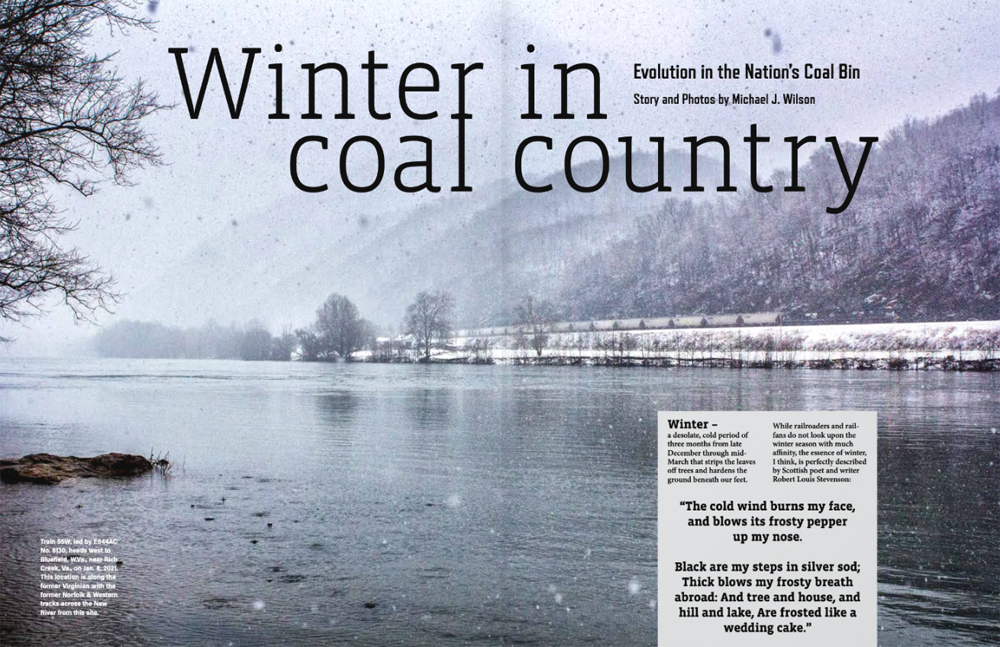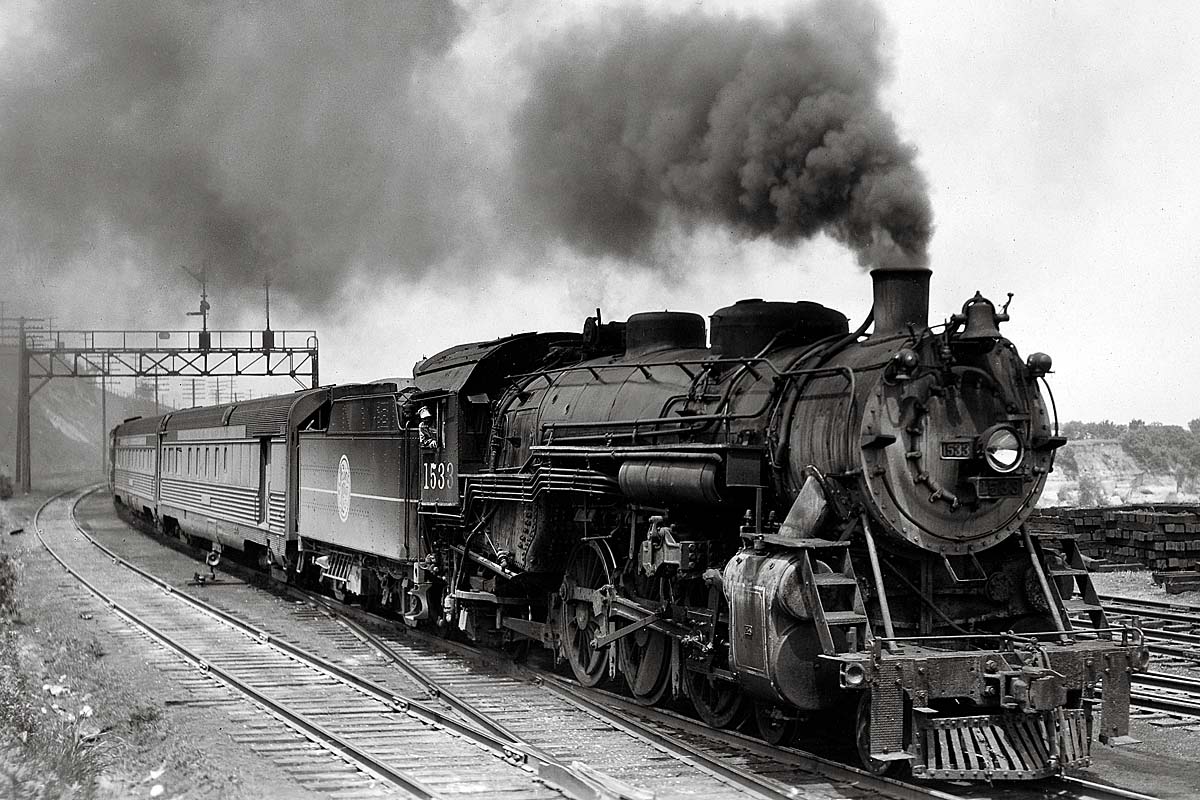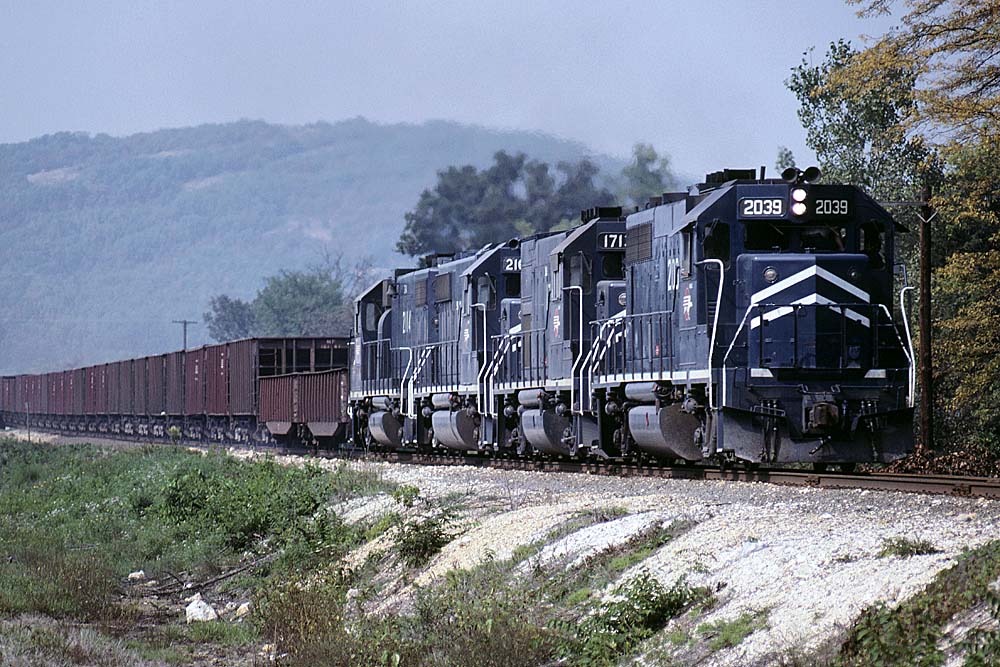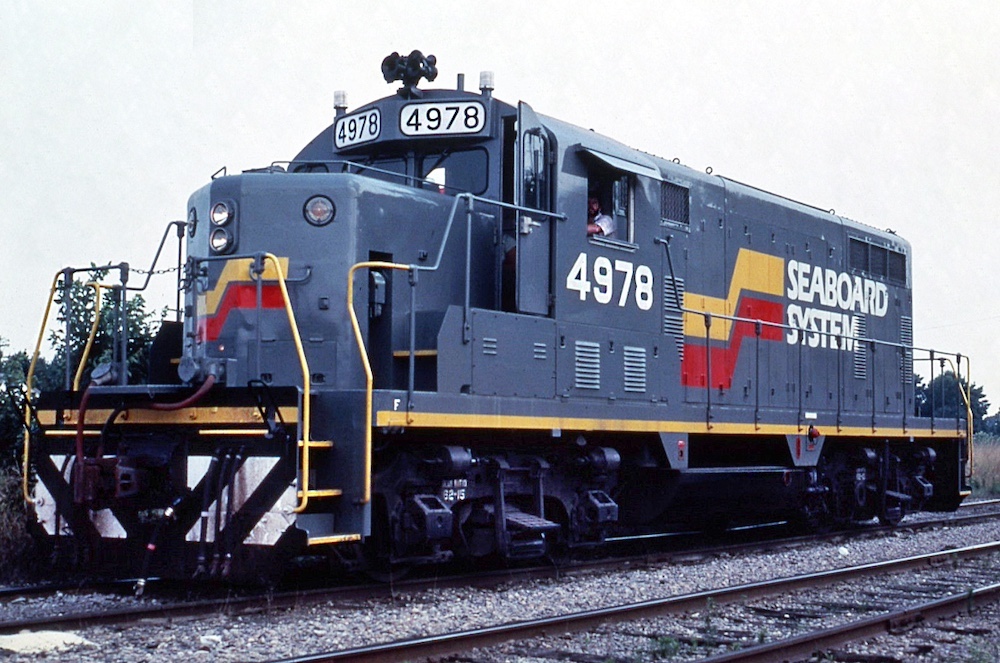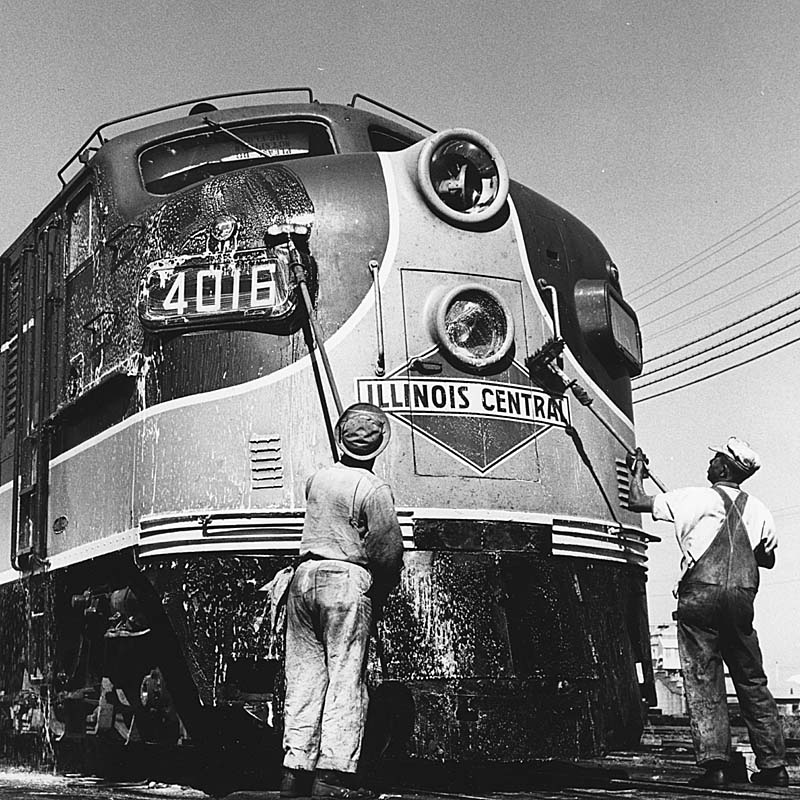What was your first byline in Trains?
Mike Wilson: My first byline in Trains was “Winter in Coal Country,” published in January 2022 featuring an in-depth look at the former Norfolk & Western, now Norfolk Southern, Pocahontas Division within the backwoods of southern Virginia and West Virginia. In my humble opinion, the Pocahontas Division serves as a prime example of mountain railroading in the East. To the surprise of many it is a piece of railroad that was re-graded and de-electrified in the 1950s by the Norfolk & Western and used heavily by the N&W’s advanced Class Y and A locomotives in return. Originally it was electrified similarly to the Northeast Corridor, if you can imagine. While certainly “off the beaten path” by a population standpoint, the Pocahontas Division is a must see for any railfan, especially in the winter. I wrote this article as part of a series of trips I took in early 2021 while living in Blacksburg, Va., in medical school. With temperatures ranging from 15-30 degrees Fahrenheit, I gained a new appreciation for railroading in Appalachia.
What’s your favorite locomotive and why?
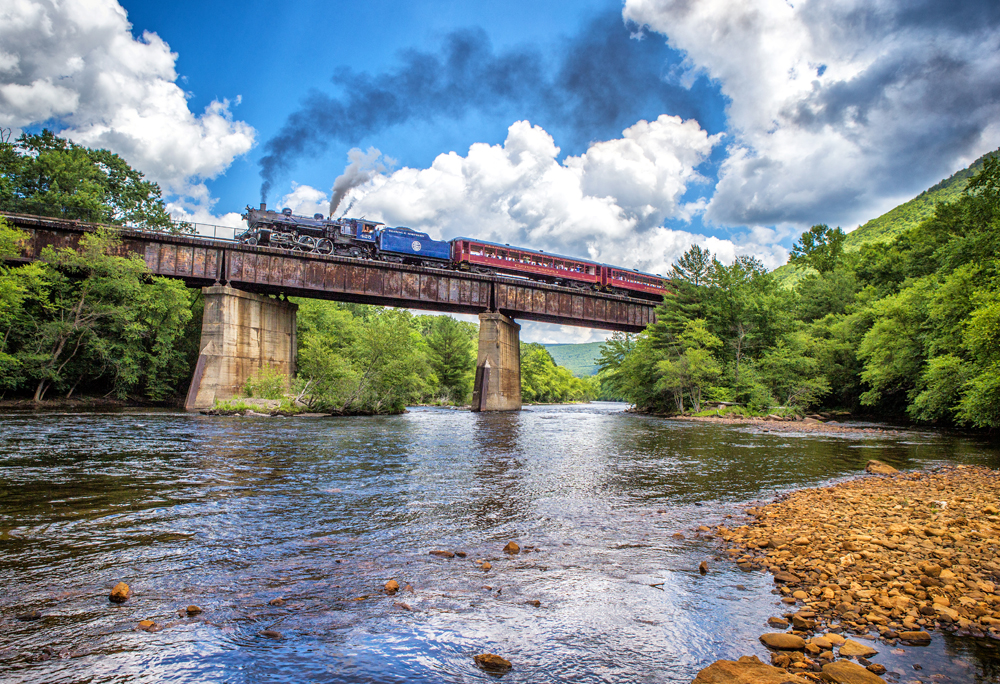
Mike Wilson: My favorite locomotive by far is Reading & Northern No. 425, a former Gulf Mobile & Ohio 4-6-2 Pacific. It was the first locomotive that introduced me to “mainline steam” and ran regularly on the Reading & Northern between 2008-2022. While not currently running at the moment while the locomotive undergoes its FRA-mandated 1472-day inspection at the R&N’s Port Clinton steam shops, she is a wonderful locomotive for anyone to enjoy. She routinely and without issue hauled passenger trains and tonnage well in excess of what she was originally designed for by Baldwin, but always showed her reliability. Additionally, I’d argue she’s actually louder than her big sister No. 2102, having heard both locomotives myself numerous times, but that is a debate I’ll leave the readers to decide.
Describe your love of railroading in six words or less.
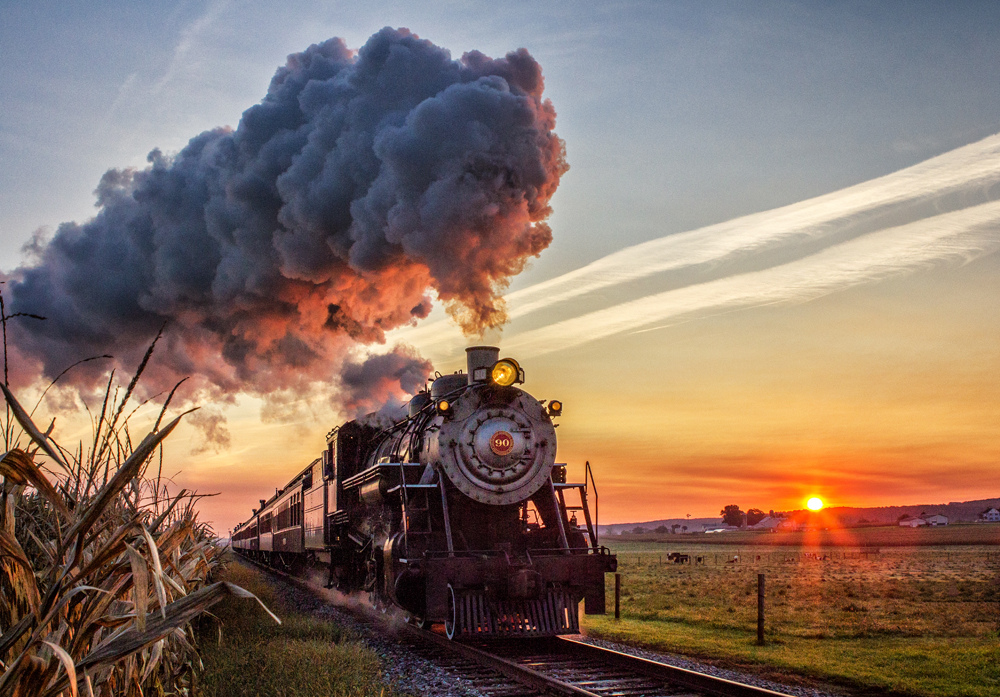
Mike Wilson: Power, precision, culture and community.
What’s your fondest memory as a Trains contributor?
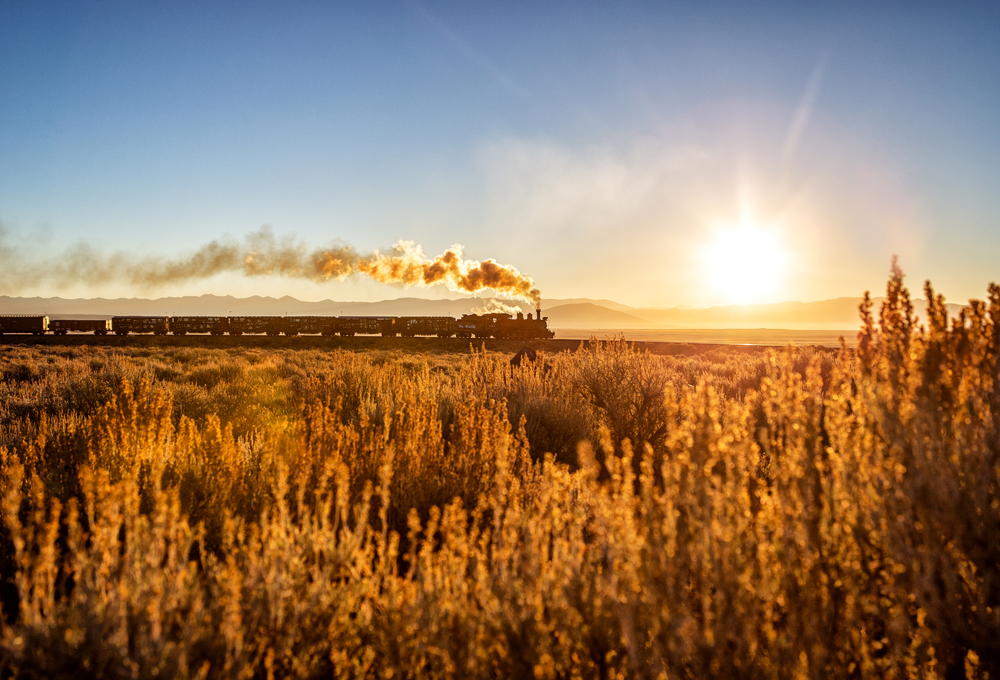
Mike Wilson: My fondest memory as a contributor has been interviewing and getting to know the individuals of railroading. Whether it be from the wonderful folks at the Reading & Northern steam team and the steam preservation industry or Class I engineers, such as Norfolk Southern employees on the Pocahontas Division in southwest Virginia, each person has a story to tell and a story that matters. Their role is vitally important to railroading at large in America and will continue to be. Additionally, what is most intriguing to me is how many railroaders have familial ties to the industry, and when speaking with them you can immediately tell how important that heritage is to their daily life. Some railroaders I have interviewed have three or four generations of railroaders in their family, and in some instances their ancestors worked on the same railroad that they presently work on.
What article received the biggest reader reaction?
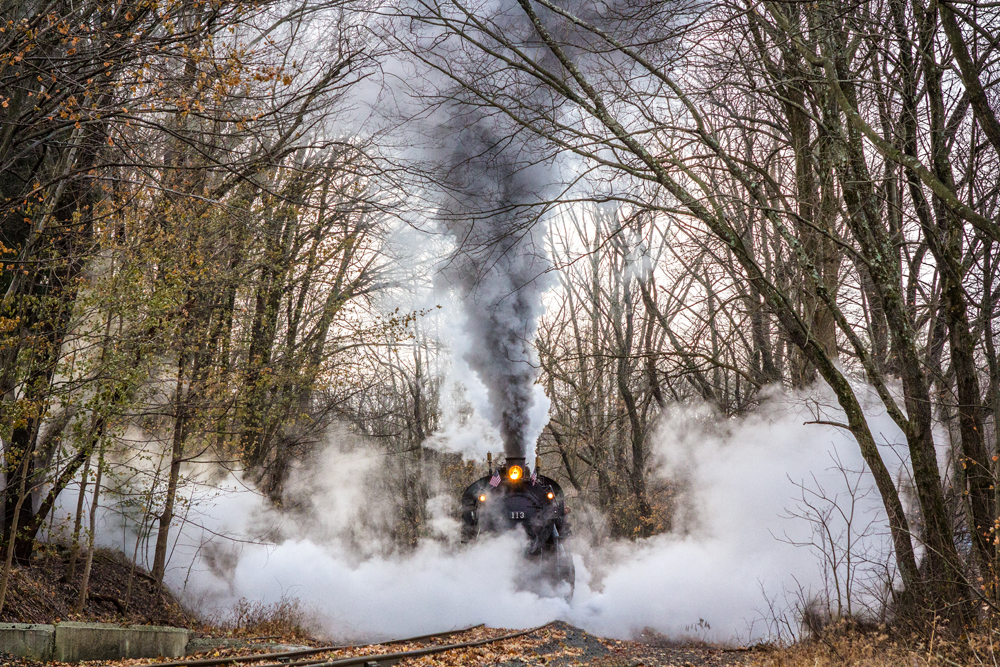
Mike Wilson: That’s a tough question, but if I had to choose I would say my byline feature on the Project 113 group and Central Railroad of New Jersey 0-6-0 No. 113 in Minersville, Pa., as part of the Steam Across America special edition. For such an obscure location for a locomotive, nestled in the foothills of anthracite coal country in northeastern Pennsylvania, and with an all volunteer team with little facilities and resources, the locomotive is a prime example of perseverance, persistence and American ingenuity.
What advice would you give a new contributor?
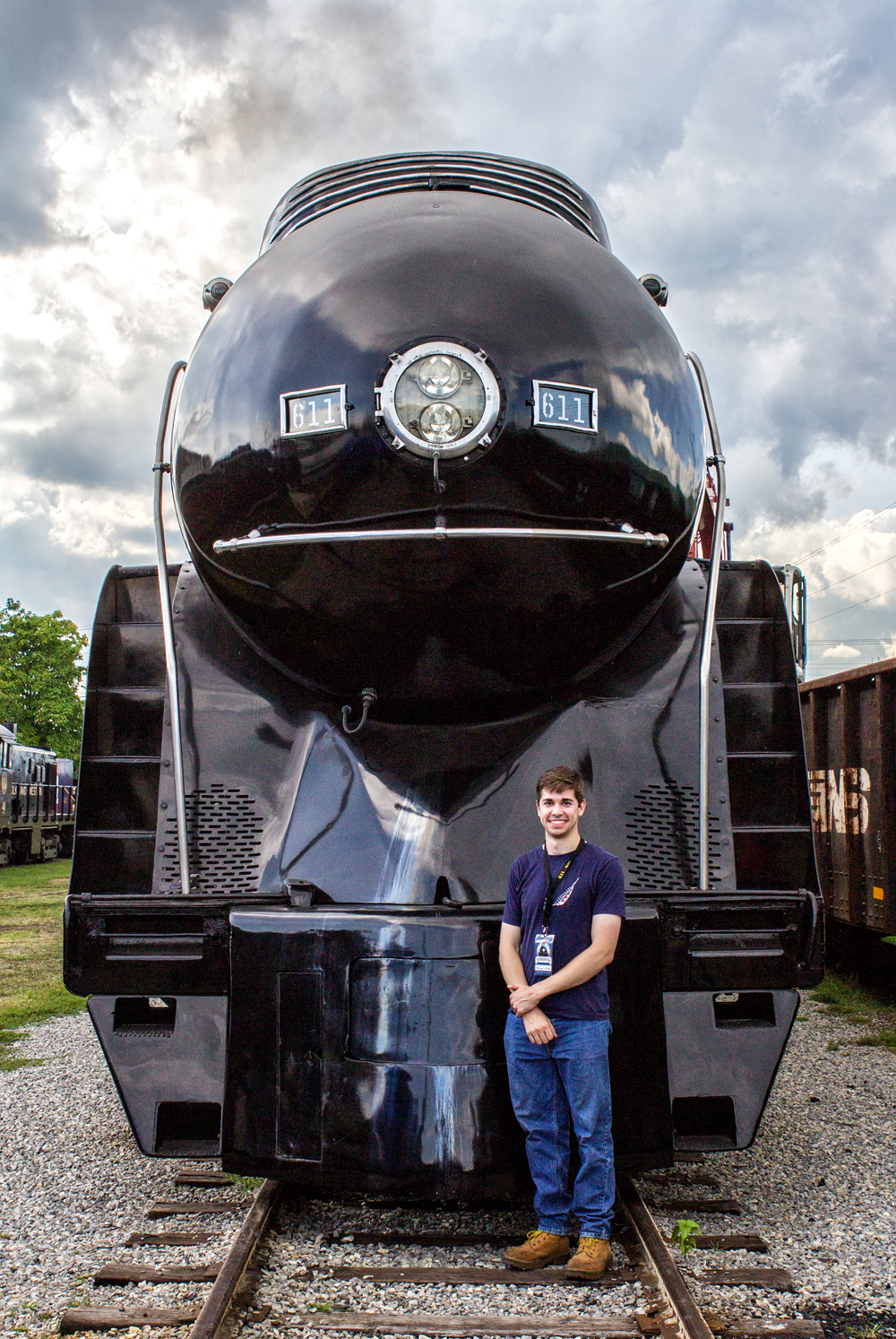
Mike Wilson: Always strive to tell a story untold. Railroading has many facets to the industry that have yet to be uncovered entirely. While it is easy to spend a month on Cajon Pass or featuring the Northeast Corridor, I believe the real meaning of railroading lies in the big picture: the infrastructure, locomotives, places, and people collectively. The general public at the local bookstore or grocery market is less likely to read and find meaning in an article about a simple railfan adventure out West than an article featuring a small local branch line that serves an important industry unbeknownst to many or a local tourist steam railroad that has four generations of railroaders all working for the same company over a century.
As time moves forward I am certain more of these stories will continue to be uncovered and be available for any contributor to feature.





